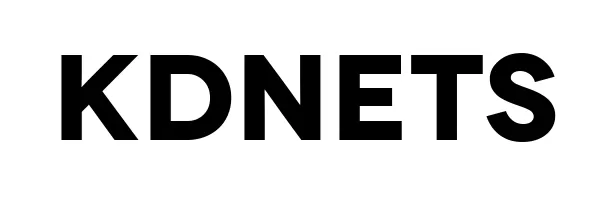The Homeowner Flood Insurance Affordability Act of 2014 (Public Law 113-89) stands as a pivotal piece of legislation impacting flood insurance accessibility and affordability across the United States. This landmark law introduced significant reforms to the National Flood Insurance Program (NFIP), aiming to address the growing affordability challenges associated with flood insurance coverage.
Understanding the Challenges:
Prior to PL 113-89, flood insurance premiums were determined by complex mathematical formulas, factoring in factors like location, property value, and flood risk. This system often resulted in unaffordable premiums for many homeowners, particularly those residing in high-risk areas. The escalating costs associated with flood insurance fueled widespread concerns, leading to reduced enrollment in the NFIP and inadequate protection against catastrophic flooding.
Key Provisions of the Act:
The Homeowner Flood Insurance Affordability Act introduced several key measures to address these challenges:
- Risk-rating simplification: The legislation streamlined the risk-rating process, reducing the number of factors used to determine premiums and making them more transparent.
- Premium subsidies: The Act established the Flood Mitigation Fund, offering subsidies to low- and moderate-income homeowners to reduce their flood insurance premiums.
- Increased availability: By simplifying the risk-rating process and offering subsidies, the Act aimed to incentivize more homeowners to purchase flood insurance, thereby enhancing overall program participation.
Impact and Outcomes:
The Homeowner Flood Insurance Affordability Act has had a significant impact on flood insurance availability and affordability:
- Increased enrollment: By simplifying the process and offering subsidies, the NFIP witnessed a notable rise in enrollment, ensuring more homes are protected against flooding.
- Reduced premiums: The Act led to significant premium reductions for many homeowners, making coverage more accessible to vulnerable populations.
- Improved affordability: The combination of subsidies and simplified risk-rating resulted in increased affordability of flood insurance, particularly for low-income families.
Conclusion:
Public Law 113-89 stands as a pivotal legislation in addressing the affordability challenges associated with flood insurance. By simplifying the risk-rating process, offering subsidies, and increasing availability, the Act has made flood coverage more accessible and affordable for millions of homeowners across the nation.
 Buy From: Nike Air Flight ’89 White/Dark Concord-Hyper Jade 306252-113 New Releases
Buy From: Nike Air Flight ’89 White/Dark Concord-Hyper Jade 306252-113 New Releases
